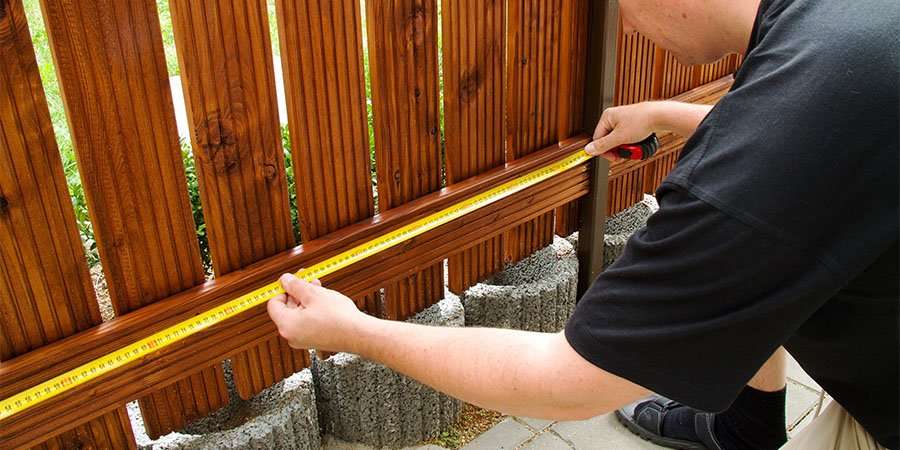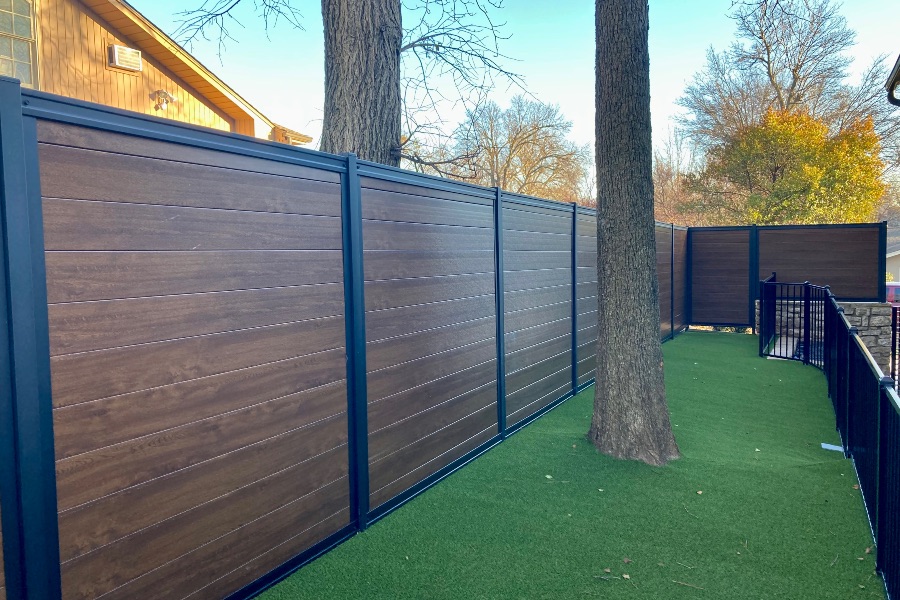All Categories
Featured

As sustainability ends up being a priority for organizations and property owners alike, the need for green items, consisting of fence materials, has actually risen. Standard secure fencing choices such as vinyl, timber, and steel can have unfavorable environmental impacts, however there are now numerous eco-conscious alternatives to consider. Choosing green fence products not just aids minimize your carbon footprint however also adds to a more lasting and natural environment.
- Bamboo Secure fencing. Bamboo is one of the most environment-friendly secure fencing alternatives offered. Unlike standard woods, bamboo can be harvested in a few years and regrows rapidly, making it a lasting choice for secure fencing.
Perks: Bamboo is fast-growing, light-weight, and lasting. It requires fewer plant foods and pesticides compared to various other plants, making it a low-maintenance choice. Considerations: While bamboo is durable, it may need routine maintenance to protect it from weathering and natural wear. It can likewise be at risk to fracturing in chillier environments. 2. Recycled Materials. Fences made from recycled products are becoming increasingly preferred as a green choice. These fencings are made from post-consumer plastic, reclaimed wood, and other recycled materials, keeping waste out of landfills. Using recycled products lowers the demand for brand-new raw sources, decreasing environmental destruction.

Conveniences: These fencings aid minimize waste and save natural deposits. They are also typically low-maintenance and lasting. Factors to consider: While recycled fences can be durable, the appearances might not constantly match standard secure fencing alternatives. Lots of designs are now available that imitate the look of wood or stone. 3. Composite Secure fencing. Compound fence is made from a mixture of recycled timber fibers and plastic, offering the appearance of timber without the ecological impact. Lots of composite fences are made from recycled material, more boosting their eco-friendly condition. These fencings are lasting, require minimal maintenance, and do not need to be treated with unsafe chemicals like conventional timber fences.
Conveniences: Compound fences are long lasting, immune to rot, and need little upkeep. They also provide a comparable aesthetic to timber without logging concerns. Factors to consider: While they are low-maintenance, composite fences might be a lot more expensive than traditional timber or vinyl choices. The production procedure can additionally be energy-intensive. 4. Cedar and Redwood Fence. Cedar and redwood are natural timber products that are typically taken into consideration a lot more eco-friendly compared to various other hardwoods. These types of timber are naturally resistant to decay, insects, and dampness, which lowers the need for chemical therapies. Additionally, these trees are grown in sustainable forests, ensuring that they are collected responsibly.
Conveniences: Cedar and redwood are both normally lovely and sturdy products. They provide natural resistance to insects and rot, which helps in reducing the demand for chemical treatments. Considerations: These woods can be extra pricey than various other choices. They likewise require occasional maintenance, such as staining or sealing, to ensure durability. 5. Living Fencings (Hedges and Shrubs) Living fencings, made from trees, bushes, or hedges, are an environmentally friendly choice that also supplies natural privacy and visual allure. Plants such as privet, boxwood, bamboo, and arborvitae are commonly utilized for producing dense, eco-friendly fencings. These living obstacles aid with sound reduction, improve air high quality, and provide habitat for neighborhood wild animals.
Conveniences: Living fencings promote biodiversity, enhance air top quality, and boost the aesthetic charm of your residential property. They also absorb co2 and add to a greener atmosphere. Factors to consider: Living fences need maintenance, such as trimming and watering, to ensure they grow correctly. They may not provide the same degree of safety as traditional fence products. 6. Rock and Reclaimed Brick Fencing. Rock and reclaimed block fencings are an additional eco-friendly option. These products are sturdy, call for marginal upkeep, and have a long life-span. When redeemed from old buildings or structures, they aid lower the demand for new products and protect against waste from going into landfills.
Conveniences: Rock and brick are resilient, weather-resistant, and supply an ageless, traditional visual. Reclaimed products likewise have a very little ecological footprint. Factors to consider: The installation of stone and brick fences can be labor-intensive, and the materials might be much more expensive than other options. Nevertheless, the long-lasting toughness and low maintenance expenses can make them a rewarding investment. Verdict. Selecting an eco-friendly fencing product is a clever method to reduce your environmental impact while enhancing your residential property's privacy and aesthetic appeal. Bamboo, recycled products, composite fence, and living fences all use lasting alternatives that reduce waste, conserve sources, and advertise a greener way of living.
By choosing one of these eco-friendly fencing alternatives, you add to the protection of the environment while developing a gorgeous, functional outdoor area. The right product will rely on your preferences, environment, and the degree of upkeep you agree to provide, yet remainder guaranteed that there are countless eco-conscious selections that straighten with your sustainable way of living.
Latest Posts
Soffit and Fascia Installation Services
Published Nov 23, 24
2 min read
Maintain Your Vinyl Flooring with These Tips
Published Nov 23, 24
1 min read
Audio Visual
Published Nov 23, 24
1 min read